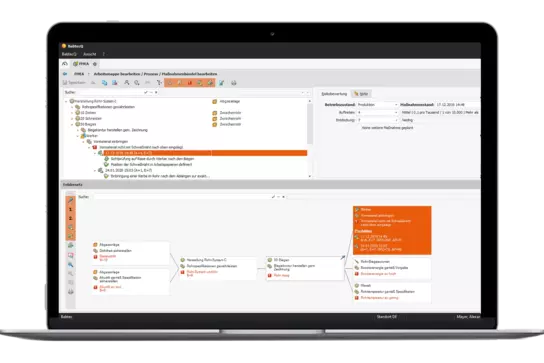The process FMEA is a subarea of the FMEA that deals with the investigation of a specific process. Triggers of a process FMEA can be, for example, new designs, technologies or processes, the change of an existing process or also the application of a process in a new area. In particular, it relates to the areas of manufacturing, assembly and testing. Process FMEA is performed as part of the production planning phase and aims to create a smooth process.
For this purpose, all factors that could prevent or complicate such a flawless process flow are identified. In the process FMEA, the entire chain of action with all influences is considered. The manufacturing process with the factors suitability and safety is taken into consideration, as well as quality capability and process stability, and the determination of process control characteristics.








Comments
No comments